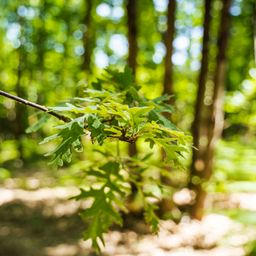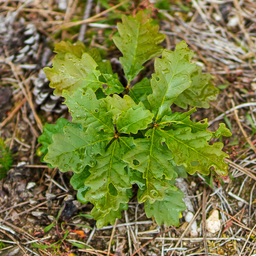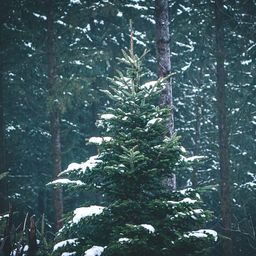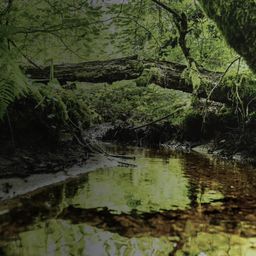Nordmann Fir
Nordmann Fir
The Nordmann fir (Abies nordmanniana) or Caucasian fir is a conifer native to Crimea and was first described by the Finnish botanist Alexander von Nordmann in the 19th century. It is found on mountainous areas between 1000 and 2000 m above sea level. Its resistance to frost and drought makes it a preferred species for reforestation. It is also used for the production of Christmas trees and has the advantage of losing its thorns less quickly than spruce when exposed to the heat of fireplaces. Its white, knotty wood is used as construction wood and in the production of pulp.
- Growth: very slow
- Height: 10 to 20 meters
- Foliage: rounded branches with flat, dark green needles
- Trunk: straight, with low and spread branches
- Bark: smooth on young trees, wrinkles later on
- Color: grey-brown
About Ploërdut 5 forest
About Ploërdut 5 forest

Other tree-owners also looked at




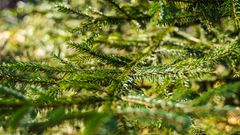

Please note that this is promotional communication. See our notice of information.
Want to know more?
Explore EcoTree's unique approach to forestry, reforesting and how we give everyone a chance to own a piece of the forest.

